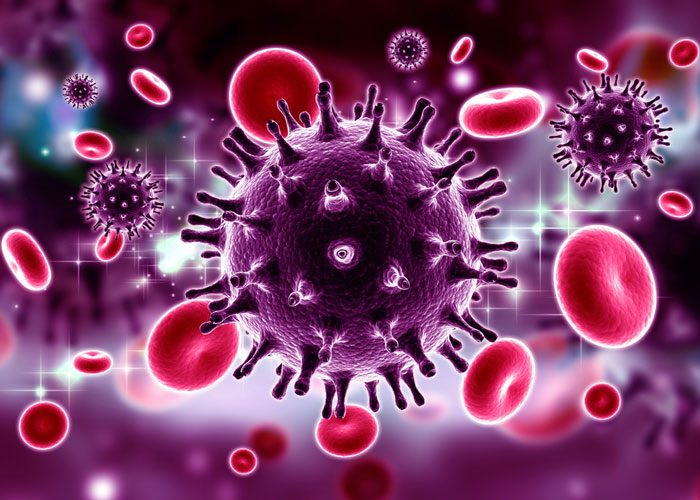What's in this article?
What is HIV?
HIV is a virus spread through certain body fluids that attacks the body’s immune system, specifically the CD4 cells, often called T cells. Over time, HIV can destroy so many of these cells that the body can’t fight off infections and disease. These special cells help the immune system fight off infections. Untreated, HIV reduces the number of CD4 cells (T cells) in the body. This damage to the immune system makes it harder and harder for the body to fight off infections and some other diseases. Opportunistic infections or cancers take advantage of a very weak immune system and signal that the person has AIDS. Learn more about the stages of HIV and how to know whether you’re infected.
Causes of HIV
HIV is a retrovirus that infects the vital organs and cells of the human immune system.
The virus progresses in the absence of antiretroviral therapy (ART) – a drug therapy that slows or prevents the growth of new HIV viruses.
The rate of virus progression varies widely between individuals and depends on many factors;
These factors include the age of the patient, the body’s ability to defend against HIV, access to healthcare, existence of other infections, the infected person’s genetic inheritance, resistance to certain strains of HIV, and more.
Symptoms of HIV
The symptoms of HIV can differ from person-to-person and some people may not get any symptoms at all for many years. Without treatment, the virus will get worse over time and damage your immune system. There are three broad stages of HIV infection, with different possible effects.
-
Stage 1: Acute primary infection
-
Stage 2: The asymptomatic stage
-
Stage 3: Symptomatic HIV infection
What is CVID
Common variable immunodeficiency (CVID) is an immune system disorder in which you have low levels of several of the proteins (antibodies) that help you fight infections. CVID leaves you open to recurrent infections in your ears, sinuses and respiratory system, and increases your risk of digestive disorders, blood disorders and cancer.
Signs and symptoms of common variable immunodeficiency may appear during childhood or adolescence, though most people don’t experience them until adulthood. The condition can be inherited, or it can be acquired during your lifetime.
Symptoms of CVID
CVID can be diagnosed anytime from childhood through adulthood.
As with other antibody deficiencies, the most common types of recurrent infections involve the ears, sinuses, nose, bronchi and lungs. These include:
• Pneumonia
• Sinusitis
• Ear infections
• Gastrointestinal infections
Recurrent pneumonia and chronic infections in the lungs can lead to lung damage called bronchiectasis, which can complicate treatment.
read more about: Common Variable Immune Deficiency (CVID): Signs, Symptoms & Treatment
What is the Difference Between HIV and CVID?
CVID and HIV are almost the same disease essentially they both have low immune systems. HIV is caused by a virus (CVID is not), the labs test HIV by antigen or antibody. First step is testing for antibodies, f they get a positive result it goes through repeat testing, then if that comes positive again use a more sensitive by testing for antigen of the actual virus (for HIV). People who have CVID will not usually make enough antibodies to be detectable and therefore most be tested for HIV by antigen.






Leave a Comment